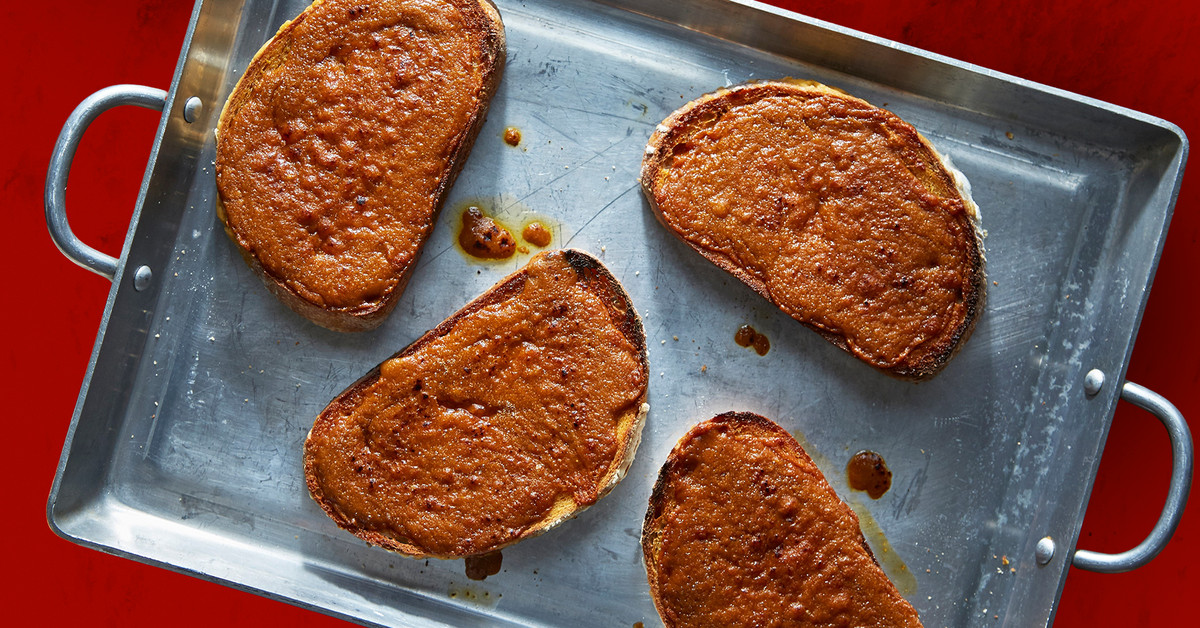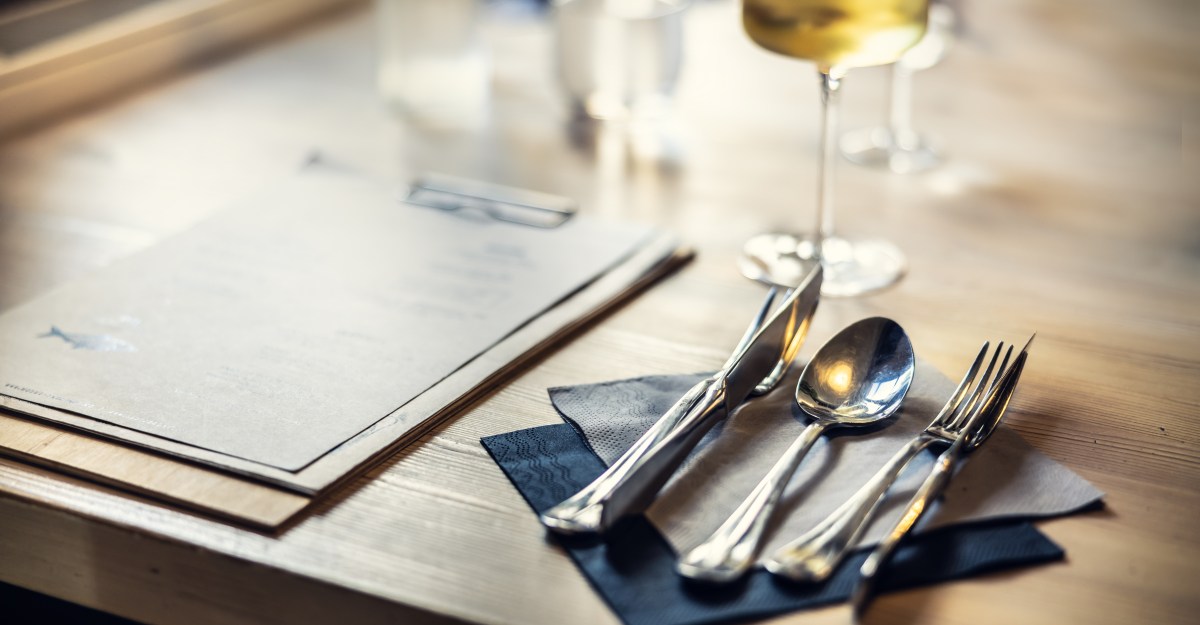If you haven’t tried Welsh rarebit, once known as “Welsh rabbit,” it might be because you’re put off by its objectively weird name. No one actually knows where that name came from — the most common theory is that it was originally a rude insult to Welsh people, insinuating that they were too stupid or poor to tell the difference between an actual rabbit and the plate of cheese-sauce-topped toast, popular at pubs across the United Kingdom. But despite its complicated etymological origins, Welsh rarebit is perhaps one of the most under-appreciated — and delicious — foods on the planet.
I first encountered Welsh rarebit at Lord’s, the British bistro in New York City, and it was love at first sight. But I didn’t actually attempt to make the dish myself after that first delicious cheesy toast until I saw Molly Baz’s recipe for rarebit “mac and greens,” a super-decadent mac and cheese loaded with tons of kale. Once I’d made the sauce for Baz’s mac, I somehow ended up with a ton of leftovers, and didn’t want to throw away what was probably about $14 in good English cheddar. I spread the leftovers onto toast, and now Welsh rarebit is an essential part of my dining repertoire.
Although it (unfortunately) isn’t exactly common on restaurant menus, making Welsh rarebit at home is really easy. It starts with a cheesy, stout-infused sauce. You make a quick roux of flour and butter, toasting the two together until the mixture smells slightly nutty. Then, you thin out the roux with a can of stout until it combines into a smooth, thick sauce. From there, you whisk a ton of mature cheddar — I like a blend of Irish, English, and extra-sharp cheddars — into the mixture until it’s thick and gooey. Once the mixture is complete, a few heavy dashes of Worcestershire sauce and a scoop of Colman’s punchy English mustard are added to cut through all that rich cheese and beer.
When the sauce is ready, you smear it thickly onto a slice of bread — ideally, a hearty slice of sourdough or whole-wheat — and pop it under the broiler. Inside the oven, the bread and cheese get nice and toasty, the cheese bubbly and browned. You could, of course, just eat the toast as is, but it’s better with a few dashes of Worcestershire on top. What makes it even better, as I learned from one chef on TikTok, is to use your knife to impress a criss-cross of indentations on the toast before adding the Worcestershire, which creates a network of rivulets that will ensure your dish is evenly sauced and not soggy.
Once I’ve eaten my toast, I pour the leftover sauce into a pint container and stick it in my fridge, where it firms into a paste that is easy to spread over bread without making a mess. The leftovers last forever — the cheese and beer serve as sort of natural preservatives — and keeping them around means that you’ve pretty much always got a satisfying snack or quick meal on hand, so long as there’s also a loaf of bread in the kitchen.
I don’t think there’s any occasion where Welsh rarebit isn’t appropriate, actually. I often eat it for breakfast, especially on those mornings when I’m too lazy to even contemplate frying an egg. It’s great served alongside soup or as a pre-dinner appetizer to snack on while you finish cooking the meal. It’s also a damn fine addition to a grilled cheese, or served melted alongside crudites as a sort of rustic fondue.
Considering its incredible versatility and unrivaled comfort food status, it’s really time for Welsh rarebit to make a comeback, even if it’s just within our own kitchens. It may not be the fanciest dish or look the most glamorous on Instagram, but there’s a really obvious reason that this cheesy, savory toast has been a pub staple in the U.K. for more than 300 years: it’s good as hell.











